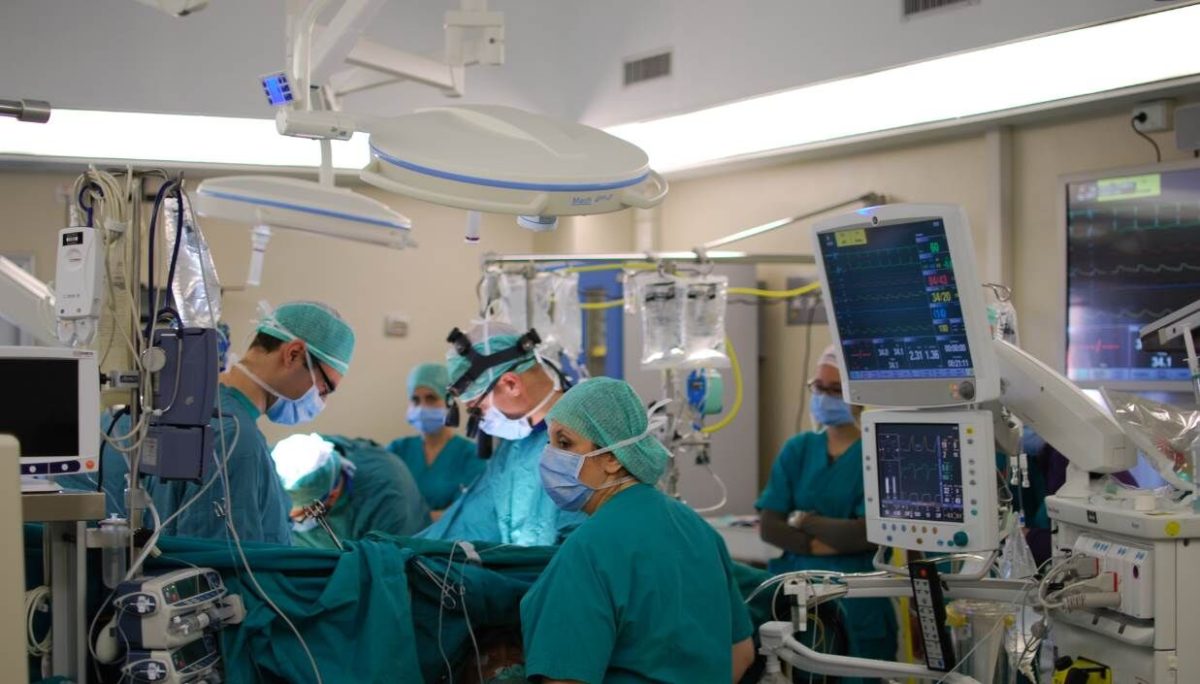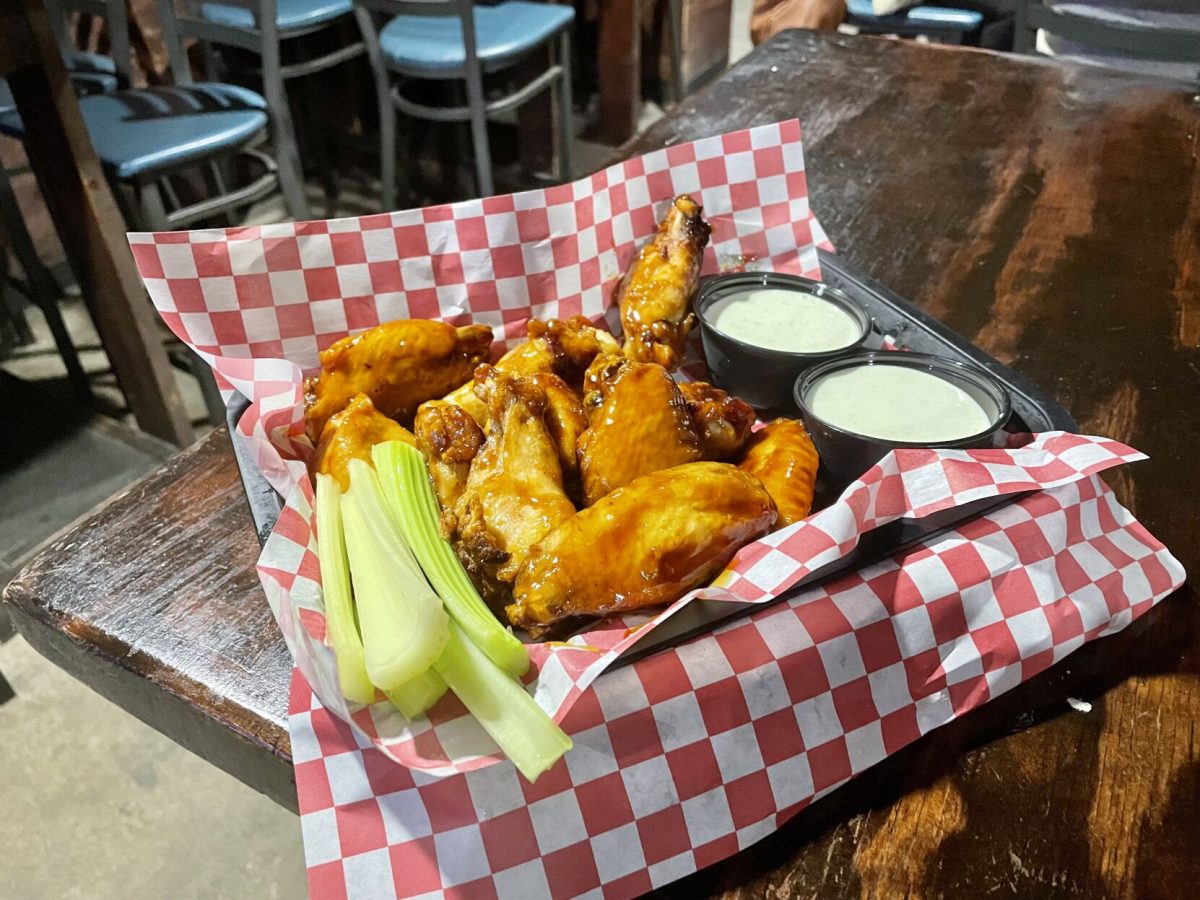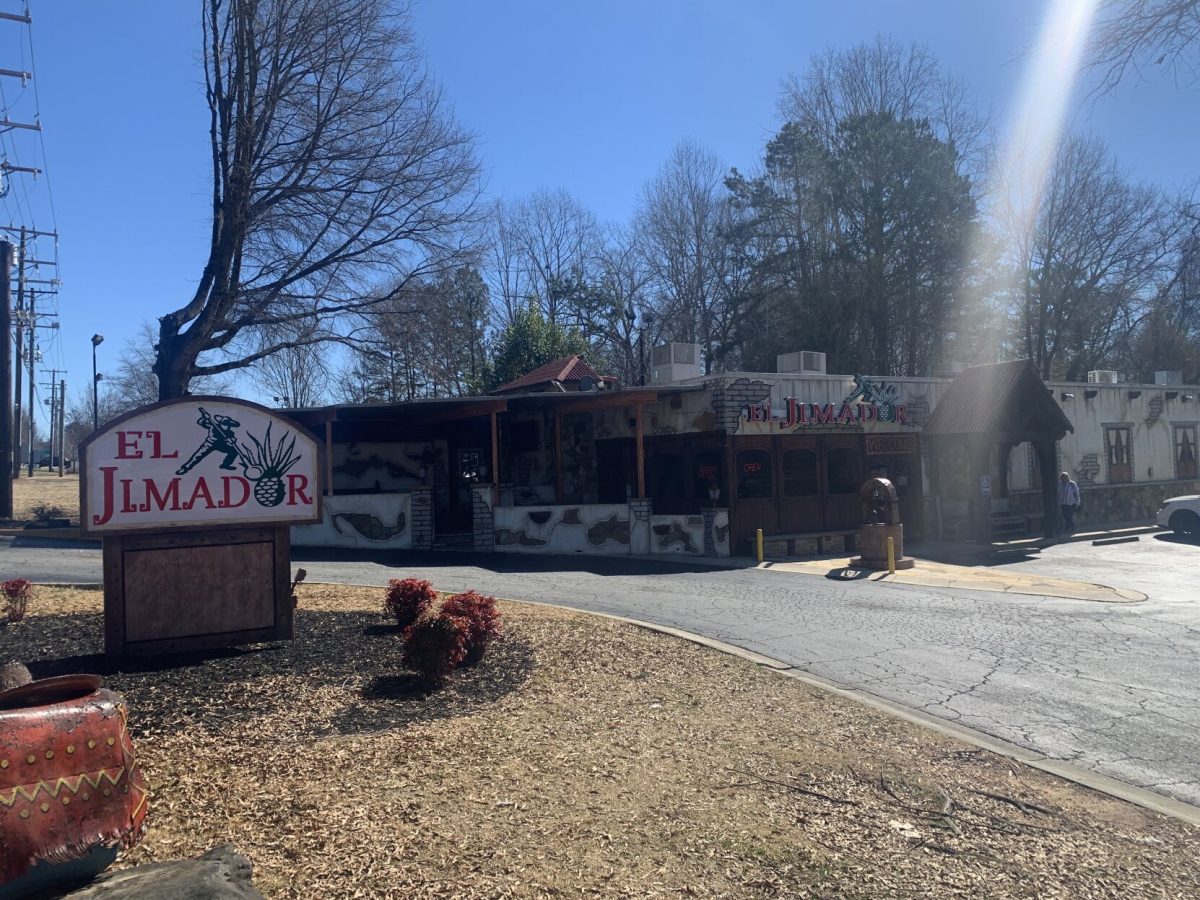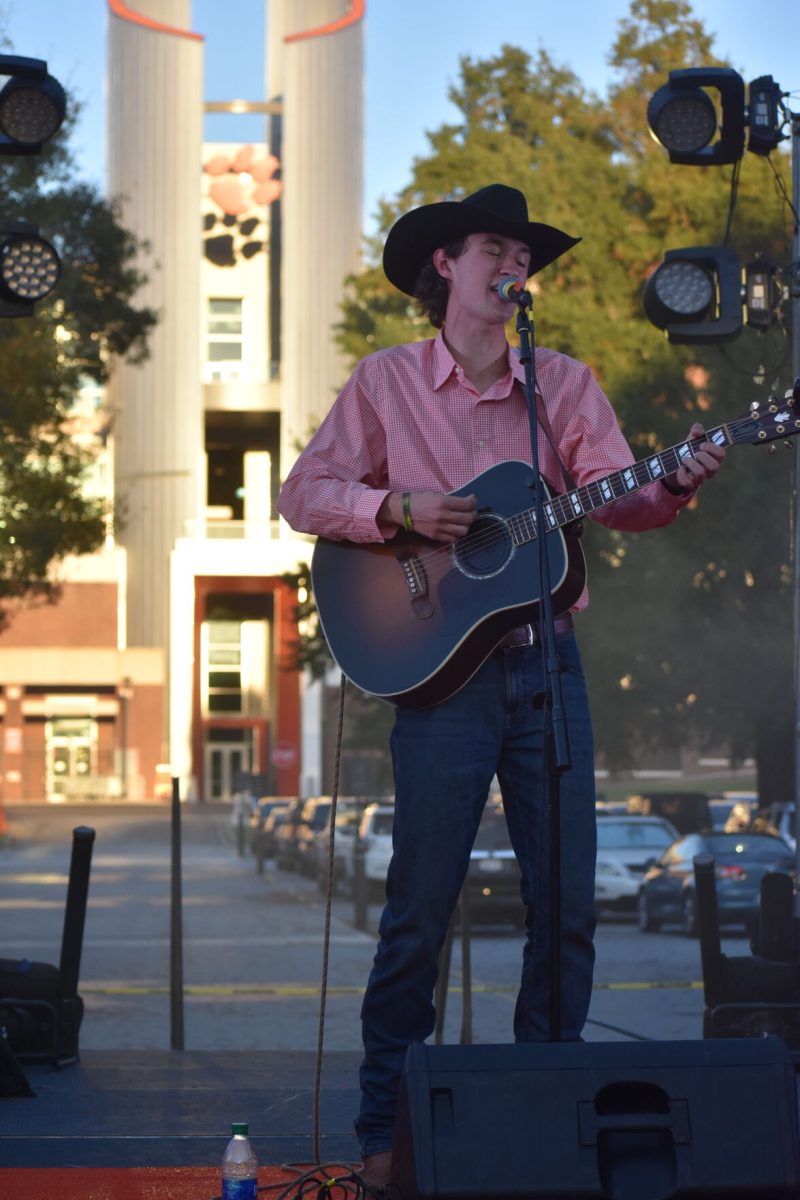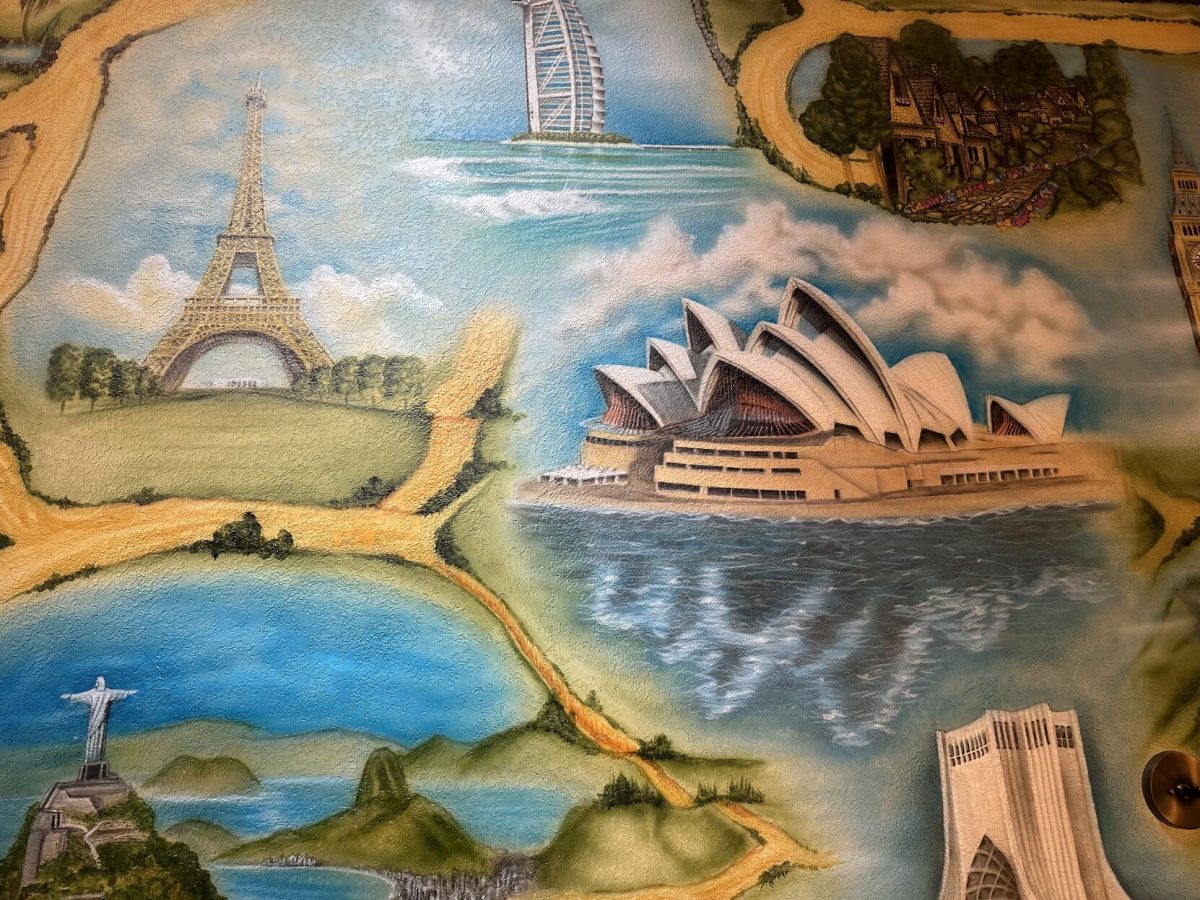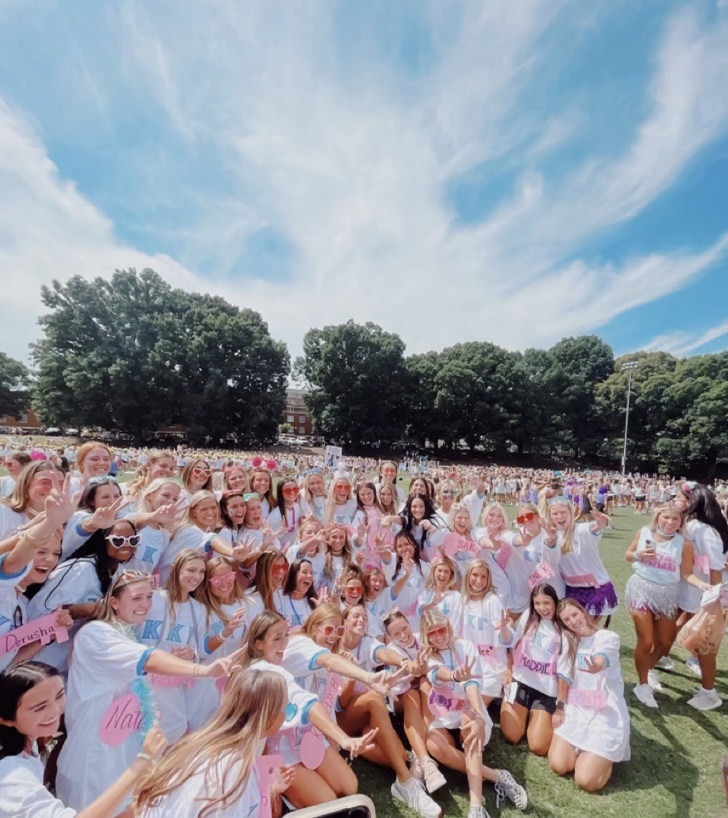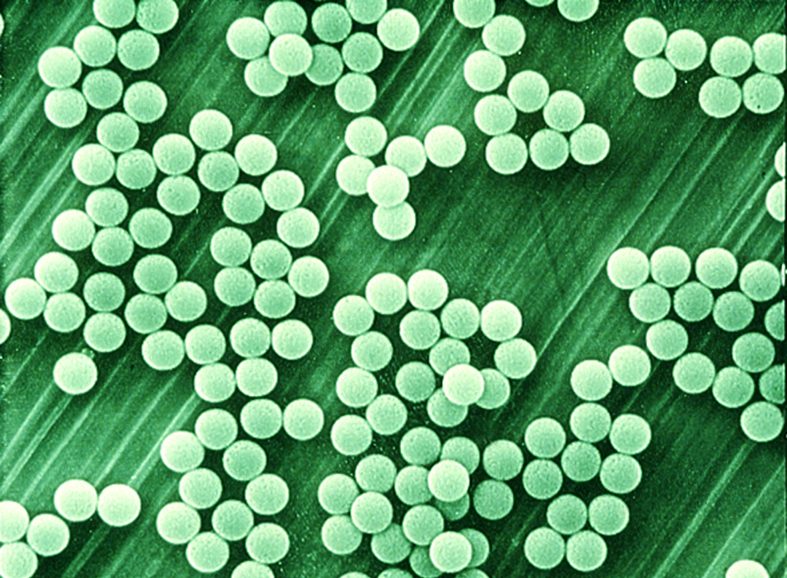Cure your broken heart with a fully functioning lab-grown replacement? Not exactly. Create a miniature, self-sufficient structural equivalent to a heart organ using human cells? That seems to be possible, according to research published in Cell. The size of a sesame seed, the small heart can self-assemble into chambers that beat with familiar rhythm.
Its similarity to fetal hearts reveals a largely untapped developmental process. The ability of the mini-organs, or organoids, to respond to environmental changes gives insight on both growth and damage. Along with the expansion of medical knowledge, the successful organoid provides a steppingstone for cell and tissue engineers to create more complex structures.
Stem cells are the very first cells an embryo will form. They are nonspecific and pluripotent, meaning they can become any type of cell within the body. We do not continue to create stem cells after birth.
Beginning with nonspecific, embryonic stem cells, the scientists provided a cocktail of proteins and small molecules that facilitated differentiation into heart cells. Unlike tissue engineering, which grows cells on a built structural model organ, the new approach offers only chemical signals to promote complexity.
The cardiac organoid, known as cardioid, formed a hollow, sphere-like shape and began to beat on its own; the organization appeared consistent with the left ventricle, which is the first part of the heart to develop. After one week, the cardioid formed a tissue of four cell types, resembling the heart of a 25-day embryo. The functioning cardioid allowed access to a fragile developmental time during which most pregnancies are unnoticed.
The organoids were tested for their response to stimuli. As expected, adrenaline, a stress hormone, increased the rate of pulsation. When cell damage was simulated in “mini-hearts,” the unknown, efficient repair mechanism of fetal hearts was made visible. As portions of the cardioid were frozen to cause cell death, one of the four specialized cell types called fibroblasts held and regenerated the injured sites.
Organoids representing the liver, brain, intestine, and lungs have been engineered and studied for over a decade. The greater challenge and sweeter success of a cardioid lies in its most vital function: the self-contained beat. Proposed plans for the tiny hearts include attempted vascularization and adjustment of proteins to trigger new chambers.
The more intricate the stem cell model becomes, the more insight scientists gain on cardiac development, congenital heart defects, and tissue construction. Maybe the cure for your broken heart is coming after all.
Categories:
Tigra scientifica: Broken heart? Grow a new one!
Michaela Moore, Contributor
December 8, 2021
0
Donate to The Tiger
Your donation will support the student journalists of Clemson University. Your contribution will allow us to purchase equipment and cover our annual website hosting costs.
More to Discover



